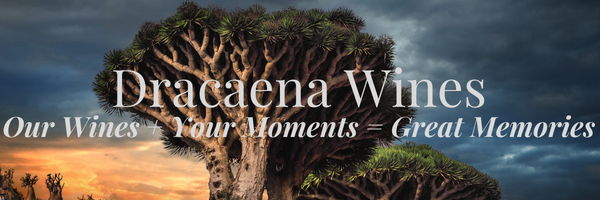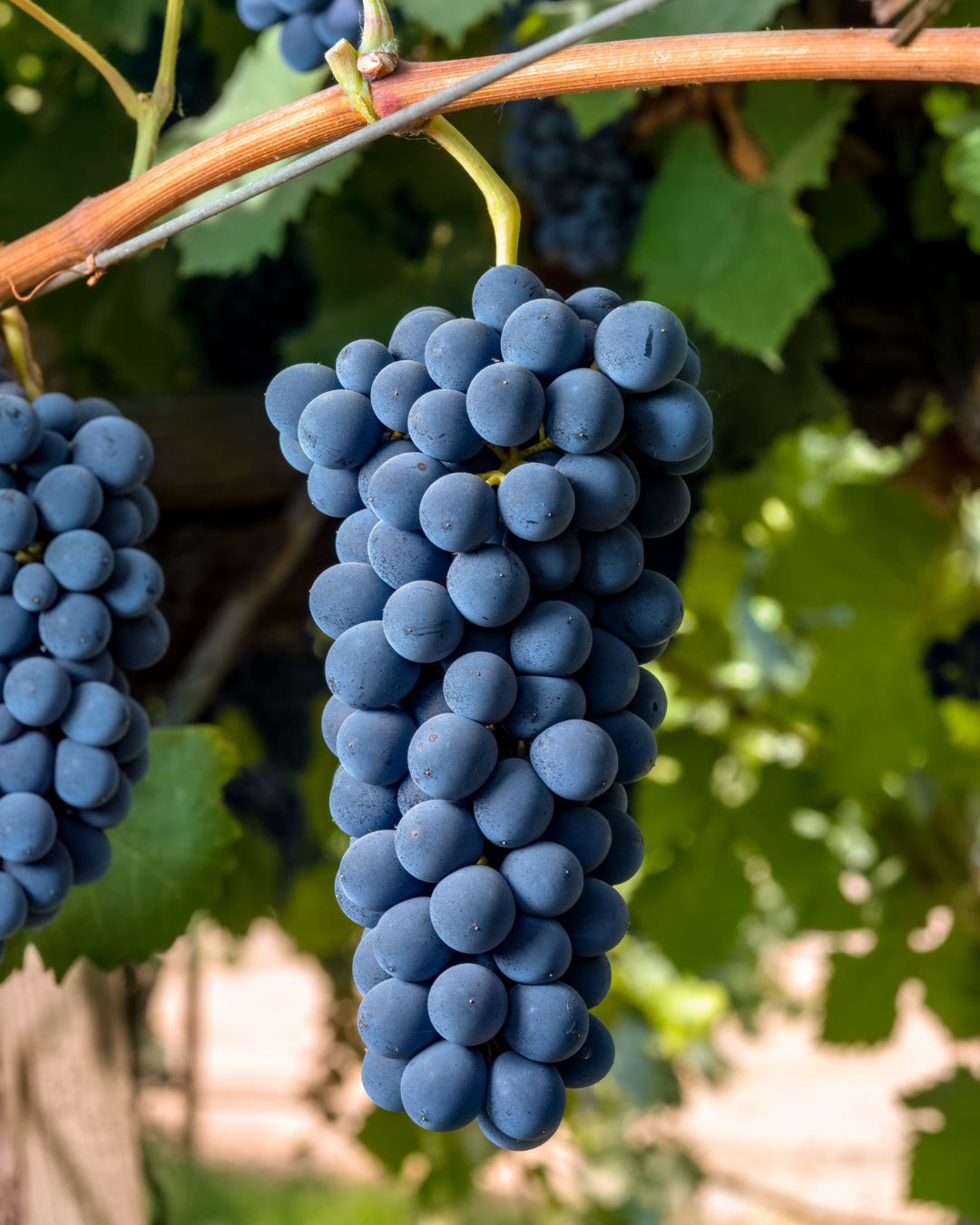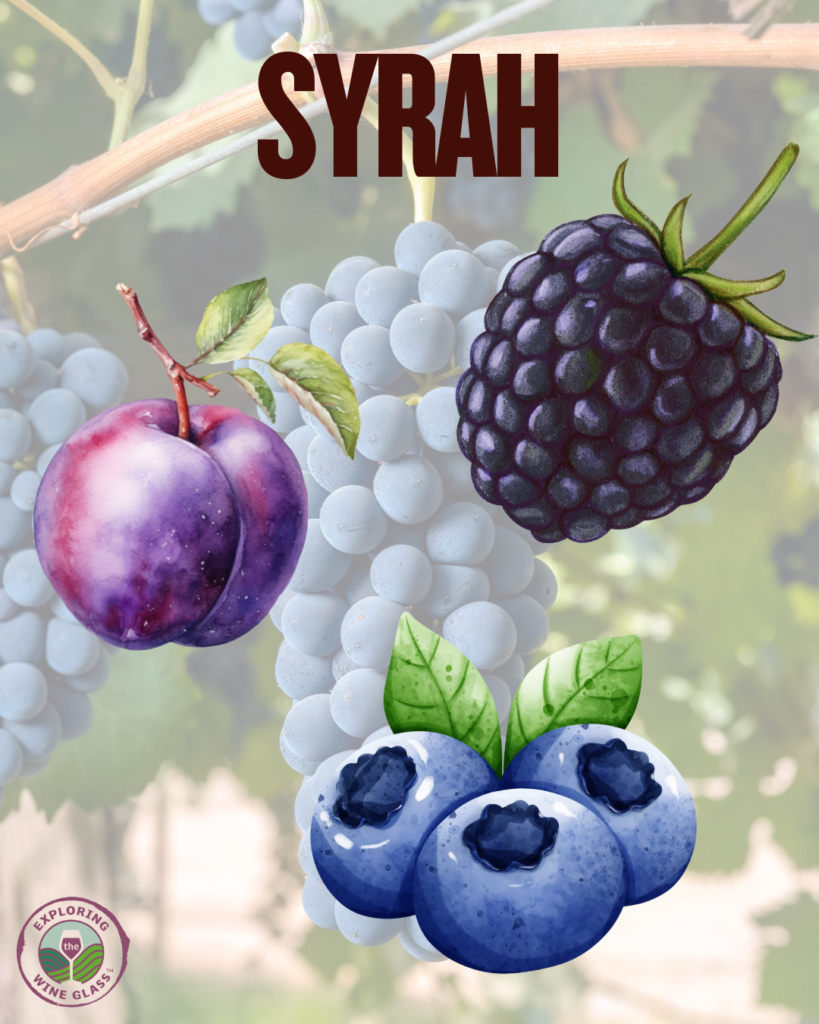After a month of restraint and resolution, what better way to bid farewell to Dry January and welcome February than by pouring yourself a glass of Syrah? With Valentine’s Day just around the corner, Syrah offers the perfect balance of warmth, spice, and velvetiness. Its bold flavors and intense depth make it an ideal companion for cozy winter evenings or festive gatherings with a group of friends. And with International Syrah Day on February 16th, now is the perfect time to explore the history and allure of this exceptional varietal that has found a home in Paso Robles.
Known for its deep color, bold flavors, and ability to thrive in diverse climates, Syrah easily captures the hearts of winemakers and wine enthusiasts alike. But where did this noble grape originate, and how did it make its way to Paso Robles, where it has flourished in recent decades? Let’s dive into the fascinating history of Syrah.
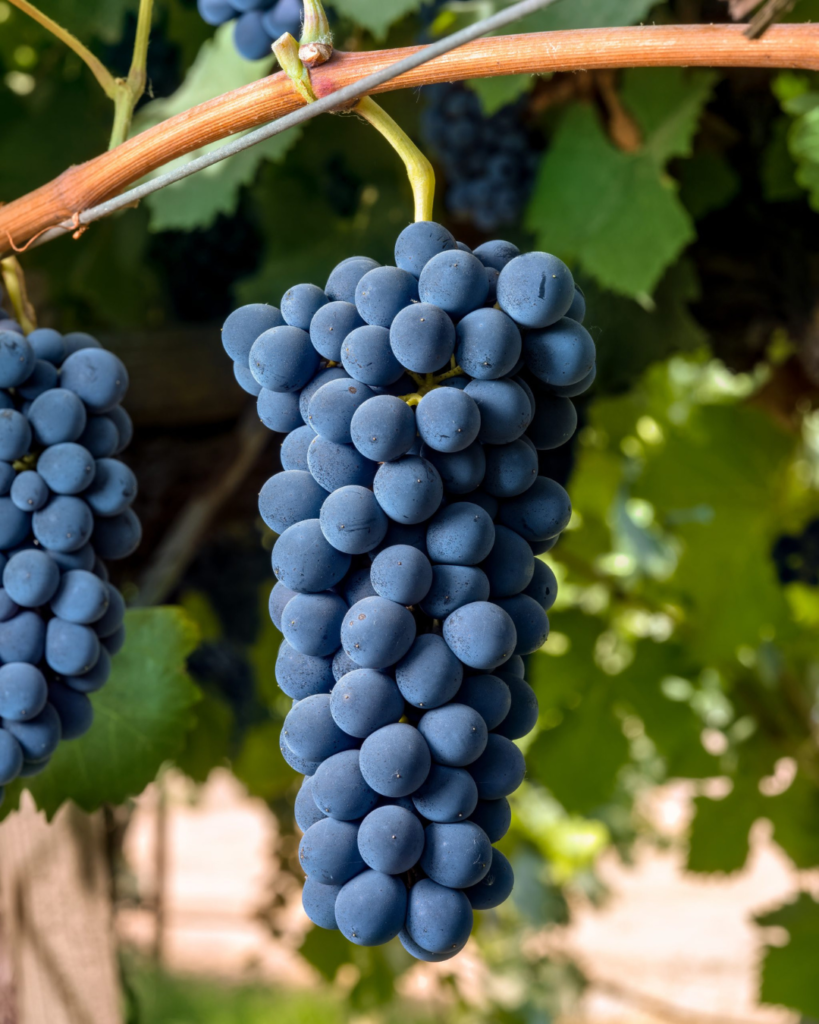
The History of Syrah
There are many legends behind the history of Syrah. Some believed that Syrah originally thought to have hailed from the ancient city of Shiraz in Persia, and brought to France by Roman soldiers (they did love their wine), while others adamantly declared it is a descendant of wild grapes growing in the Rhône Valley.
Thanks to modern DNA profiling, both schools of thought were proven wrong. In 1998, researchers at the University of California, Davis, determined that Syrah is the offspring of two lesser-known French grapes: Dureza (a dark-skinned variety) and Mondeuse Blanche (a white grape). These parent grapes were native to southeastern France, proving that although Syrah’s true birthplace lies in the Rhône region, not Persia, it did not descend from wild grapes.
Syrah’s Rise to Fame
Before we can discuss it’s popularity, I feel it is important to clarify its name. In France, it is widely known as Syrah, while in Australia, it’s called Shiraz—a name that stuck due to historical labeling practices rather than a connection to the Iranian city. Two names; one grape.
Documentation of Syrah began in the Middle Ages, with records showing its cultivation in the Rhône Valley as early as the 13th century. Just a mere five centuries later, Syrah had become the dominant variety in the Northern Rhône, where it continues to produce some of the world’s most sought-after wines, including Hermitage, Côte-Rôtie, and Cornas.
The grape traveled beyond France, finding its way to Australia by the early 19th century, where James Busby, the “Father of Australian viticulture” is claimed to be the first to plant it. As it turned out, Syrah loved the hot climate of Australia, especially in the Barossa Valley and McLaren Vale where it produces robust, fruit-forward wines helping it solidify its global reputation. By the 20th century, Syrah had found a home in California, where it quickly became a favorite among winemakers looking to produce Rhône-style wines.
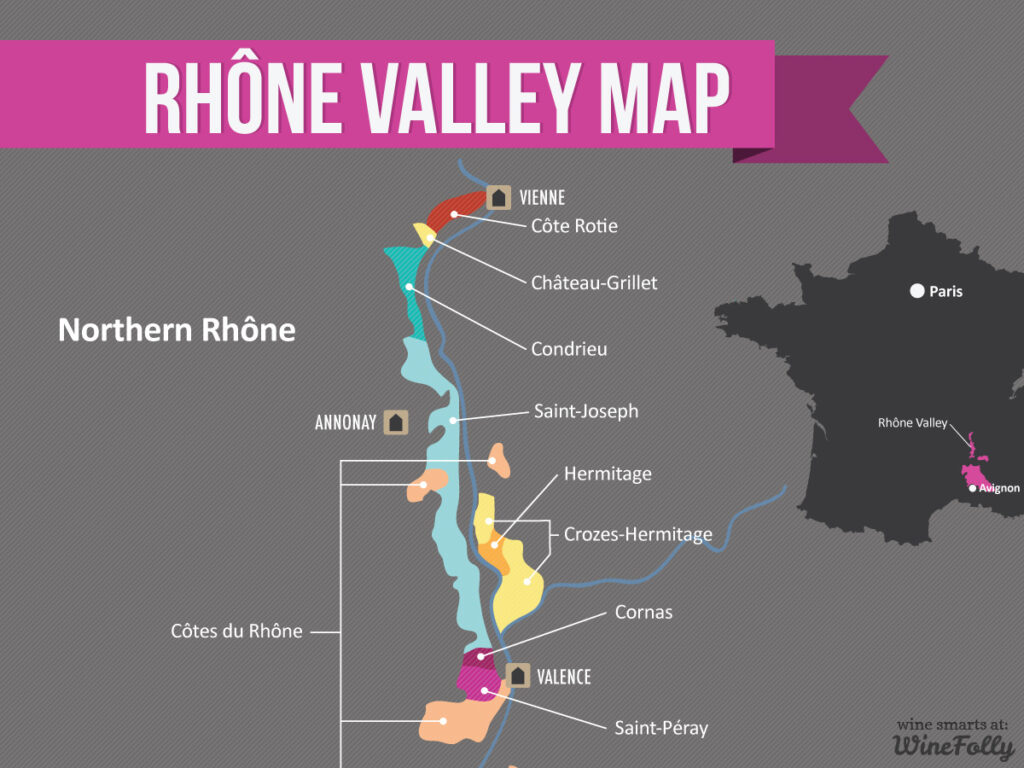
Syrah Today
Today, the Rhône Ranger movement that began in the 1980’s and 1990’s leads the path for the momentum of Syrah in California by elevating Rhône varieties’ status and increasing plantings across the state, especially in Paso Robles. Syrah from Paso Robles is known for its rich, bold flavors and ability to express terroir. The region’s varied microclimates allow for a wide range of styles—from opulent, fruit-driven wines to more structured, savory expressions reminiscent of Northern Rhône.
Click here to read my post The Lone Ranger Had Tonto; The Rhône Rangers have GSM.
What to Expect
Syrah is known for producing full-bodied, deeply pigmented wines with intense aromas and flavors. The grape’s naturally high tannins and acidity make it an excellent candidate for aging, with well-made Syrah wines developing even more complexity over time. Depending on the region and winemaking style, Syrah can showcase a wide spectrum of notes, including:
- Blackberry, blueberry, and plum (common in Paso Robles and Australia)
- Pepper, smoked meat, and black olive (hallmarks of Northern Rhône Syrah)
- Violet, licorice, and espresso (often found in cooler-climate expressions)
What to Pair with Syrah
Syrah’s bold structure and complex flavor profile make it an excellent companion to hearty dishes. Whether you’re grilling up a juicy steak or indulging in a rich vegetarian dish, Syrah brings out the best in your meal. Its smoky, peppery notes complement grilled lamb or beef, while its fruit-forward character balances sweet and tangy barbecue sauces. If you’re looking for a plant-based pairing, roasted eggplant harmonizes beautifully with Syrah’s depth and richness. And for a simple yet satisfying match, try aged cheeses like Gouda or Manchego, whose nutty, salty qualities enhance the wine’s savory side.
How to Celebrate
Whether you prefer a classic Rhône Syrah, an Australian Shiraz, or a bold Paso Robles expression, International Syrah Day is the perfect excuse to uncork a bottle and celebrate this extraordinary grape.
Looking for a great Syrah to enjoy? Visit your favorite local winery or tasting room, or try a new bottle from an up-and-coming Rhône producer in the region. In addition to enjoying a single-varietal Syrah, this is also a great time to explore Rhône-style blends. Syrah often shines as part of a GSM blend (Grenache, Syrah, Mourvèdre), which brings together the bright red fruit of Grenache, the deep intensity of Syrah, and the earthy complexity of Mourvèdre.
Raise a glass to Syrah on February 16th!
~Slàinte!
I invite you to follow me on Instagram, Twitter, Facebook Threads and Youtube for all things wine. I’ll never tell you what to drink, but I’ll always share what’s in my glass. Please subscribe to my blog by entering your email address under “Subscribe to Blog by Email” in the right hand column.
Please support our sponsor:
Try the 90+ rated and multiple Double Gold medal winning wines of Dracaena Wines and get a 10% discount off your first order. Click the banner below and use code “Explore” at checkout. 